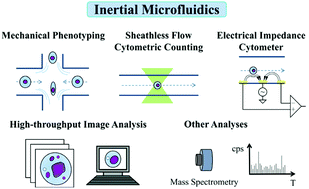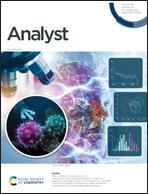Inertial microfluidics for high-throughput cell analysis and detection: a review
Abstract
Since it was first proposed in 2007, inertial microfluidics has been extensively studied in terms of theory, design, fabrication, and application. In recent years, with the rapid development of microfabrication technologies, a variety of channel structures that can focus, concentrate, separate, and capture bioparticles or fluids have been designed and manufactured to extend the range of potential biomedical applications of inertial microfluidics. Due to the advantages of high throughput, simplicity, and low device cost, inertial microfluidics is a promising candidate for rapid sample processing, especially for large-volume samples with low-abundance targets. As an approach to cellular sample pretreatment, inertial microfluidics has been widely employed to ensure downstream cell analysis and detection. In this review, a comprehensive summary of the application of inertial microfluidics for high-throughput cell analysis and detection is presented. According to application areas, the recent advances can be sorted into label-free cell mechanical phenotyping, sheathless flow cytometric counting, electrical impedance cytometer, high-throughput cellular image analysis, and other methods. Finally, the challenges and prospects of inertial microfluidics for cell analysis and detection are summarized.

- This article is part of the themed collection: Analyst Review Articles 2021


 Please wait while we load your content...
Please wait while we load your content...